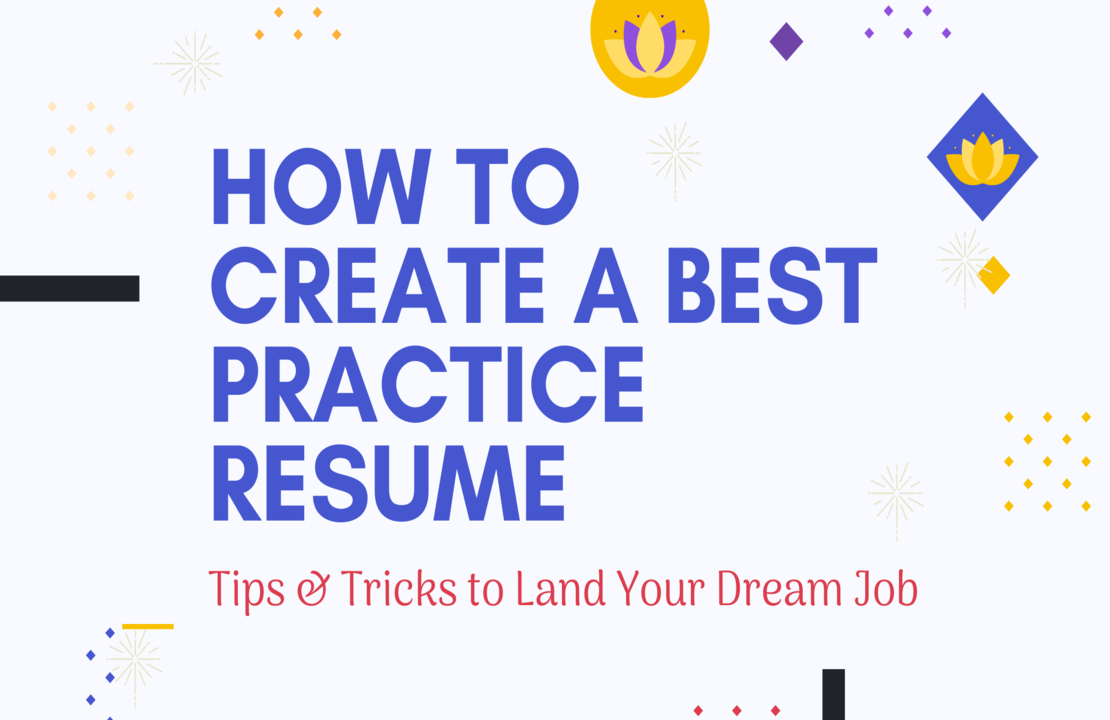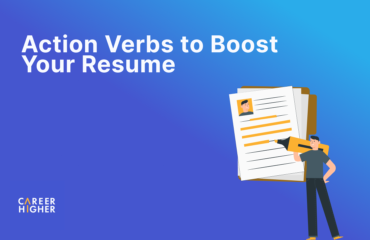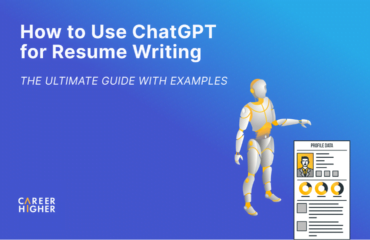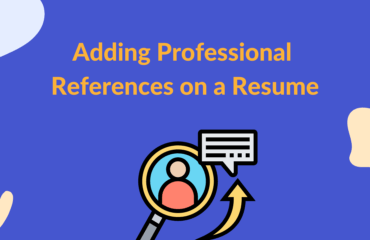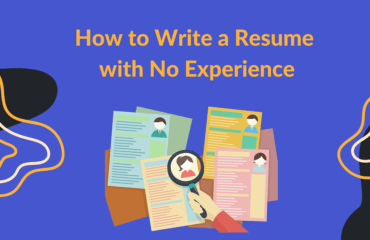Table of Contents
Writing a compelling resume that will impress recruiters and employers, and stand out during the automated screening that begins the recruitment process, can be challenging. Candidates must stay abreast of evolving industry standards and technological advancements to boost their employment success rate. Highlighting your skills, expertise, and experiences is the most crucial aspect of demonstrating your value to your target employer.
Consider the following key strategies to create a resume that establishes you as a top candidate:
1. Create ATS-optimized content
Employers, including 98% of Fortune 500 companies, often use an applicant tracking system (ATS) to manage their talent acquisition needs and goals. These systems evaluate applications to find the strongest candidates during the recruitment process. Therefore, as one of the hundreds of candidates, you must guarantee your resume is ATS-compliant to secure a spot on the shortlist. Candidates risk not passing the initial screening process if they fail to optimize their applications for the digital age.
Here are some high-level ATS guidelines:
- Optimize your resume with keywords matching your job targets.
- Specify both the month and year when describing your professional experience, using one of these formats: Month YYYY (March 2020) or MM/YYYY (03/2020).
- Use conventional fonts such as Arial, Times New Roman, Calibri, Helvetica, and Verdana, which are most consistently understood during the ATS screening.
- Save your document in .docx format instead of PDF format.
- Use your first and last name as the file name.
- Ensure correct spelling, grammar, and syntax throughout both the resume and any supporting documents. Ask a friend to scan your writing for errors or run a grammar checker (but don’t rely too heavily on it).
2. Use a simple format and template
Many professionals believe a creative resume will improve their employment success rate. However, unless you’re working in a creative industry, for example, as a graphic designer, digital artist, or video editor, this is a misconception. Format your resume with a simple, structured, and easy-to-read layout to directly showcase the skills, experience, and education you can bring to the table.
Using a simple format also increases your likelihood of passing an ATS screening. ATS struggles to parse information arranged in tables and columns, and incorporating images, icons, and graphs can also decrease the readability of your resume. Remember, the essence of your resume should be its content, not its aesthetics.
Here are some formatting tips to keep in mind:
- Stick to a one-column document.
- Avoid using images, such as infographics, icons, and graphs.
- Do not divide the text into columns and tables.
- Use standard resume section headings.
Here’s an example of a non-ATS-compliant resume template:
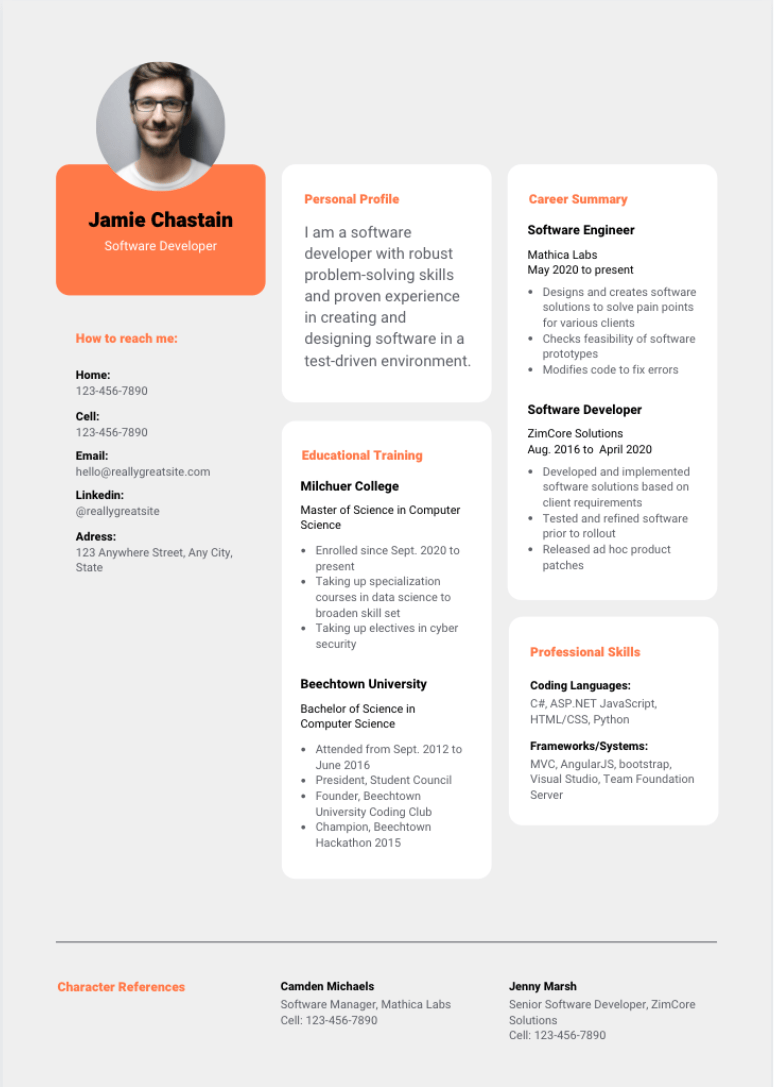
Non-ATS Compliant resume
Compare it to the ATS-compliant template shown here:
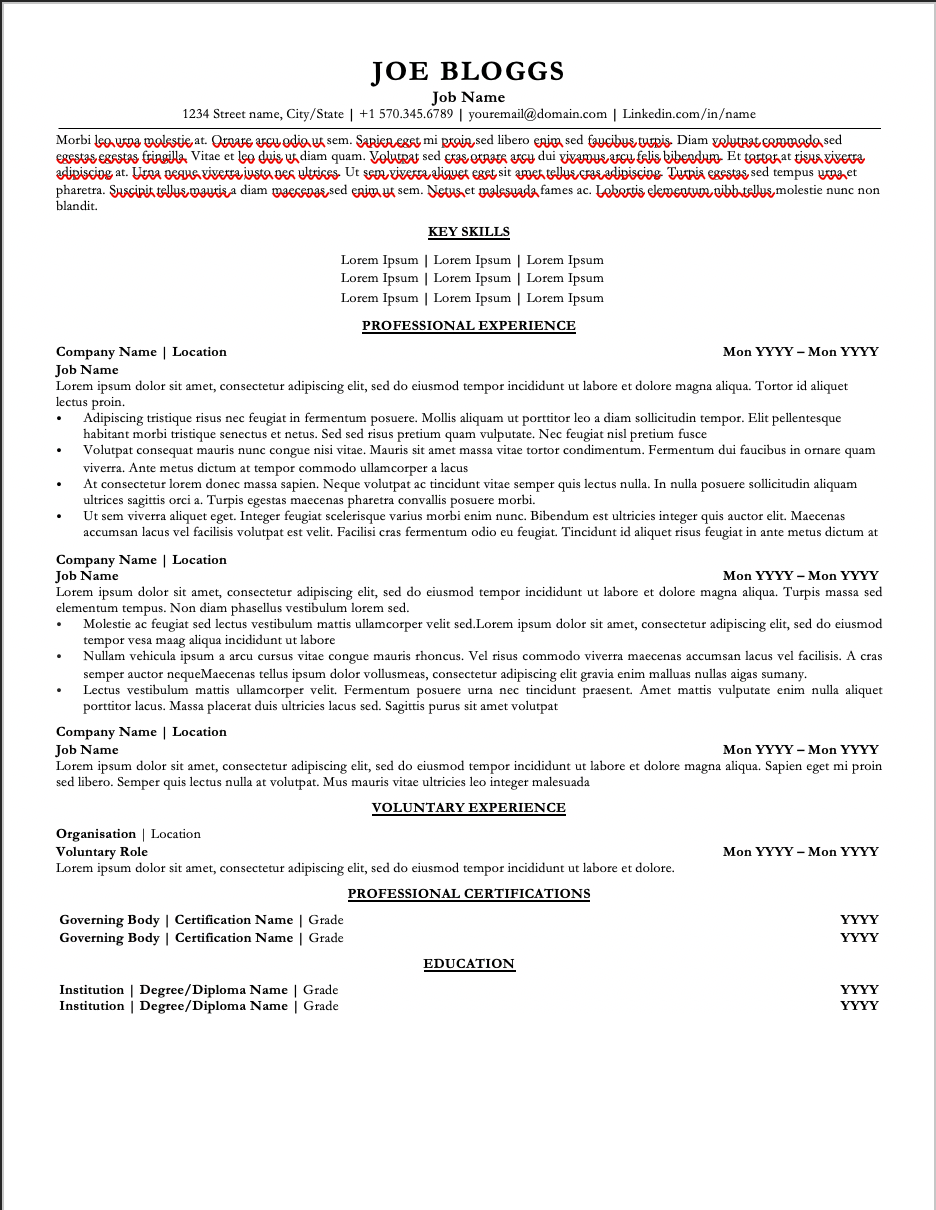
ATS Compliant resume
The two formats differ considerably. While the second option may appear less creative, if a more interesting layout can’t help you progress through the initial screening, your target employer will never see it.
3. Showcase your quantifiable achievements
Instead of elaborating on your general job responsibilities, enumerate your key contributions and achievements to solidify your value to your target company. Emphasize your achievements and successes using measurable quantities: numbers, currency, and percentages. Alternatively, if no specific metrics are available, explain how you overcame challenges to achieve the optimum result and advance your previous employers’ goals.
We highly recommend following the STAR (situation, task, action, and result) format when describing your professional experience to better illustrate your value. It will logically clarify how you applied your skills, competencies, and best practices to achieve a certain metric or solve a problem. The result is a shift in the focus of your resume from the usual list of skills to the tangible results you accomplished.
4. Use powerful action verbs
By using robust keywords that draw recruiters’ and employers’ attention, you can outshine the competition. Avoid repetitive words that hiring managers have heard hundreds of times, such as manage, lead, and organize. Here are some unique and expressive action verbs to add to your resume:
- Spearhead – if you took a leading role
- Oversee – if you supervised or managed a person, team, or project
- Consolidate – if you organized something to improve it
- Yield – if you want to show specific results
- Influence – if you contributed to a specific improvement
Using powerful action verbs exhibits your ability to articulate your experiences, responsibilities, and achievements. With this technique, you’ll also diversify the keywords that appear in your resume, which will elevate your ATS ranking.
5. Avoid pronouns
Many candidates are confused about how to properly structure their statements, especially in the professional summary and experience sections. As a general rule, resumes should not include first- and second-person pronouns such as I, me, my, we, and you, mainly to avoid repetition. Since there’s no question your resume displays your personal experiences and achievements, you can omit pronouns and use sentence fragments.
For example:
❌ I pioneered the full project management cycle of a multimillion-dollar marketing initiative
✅ Pioneered the full project management cycle of a multimillion-dollar marketing initiative
In the digital age, the employment application process has become more competitive. While other candidates stick with traditional resume writing, you can optimize your resume for new recruitment systems to leave them in the dust and ace your job search.
